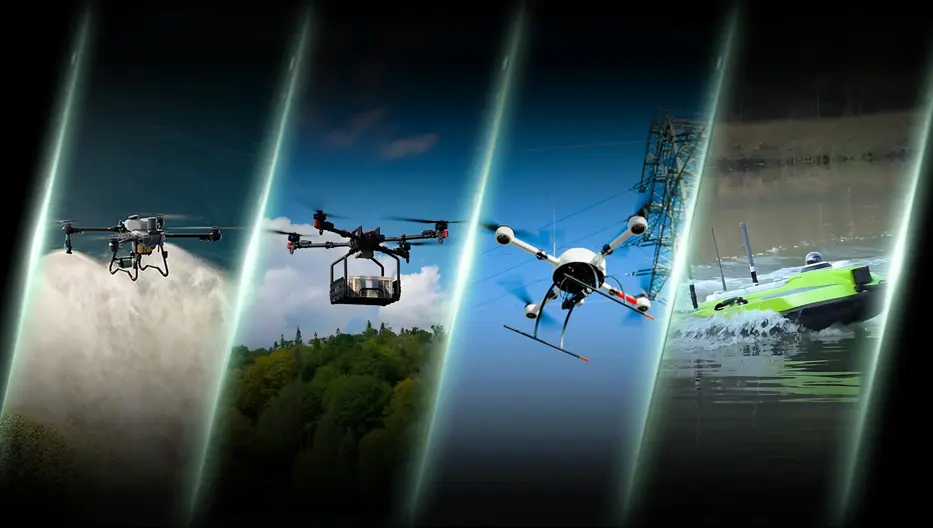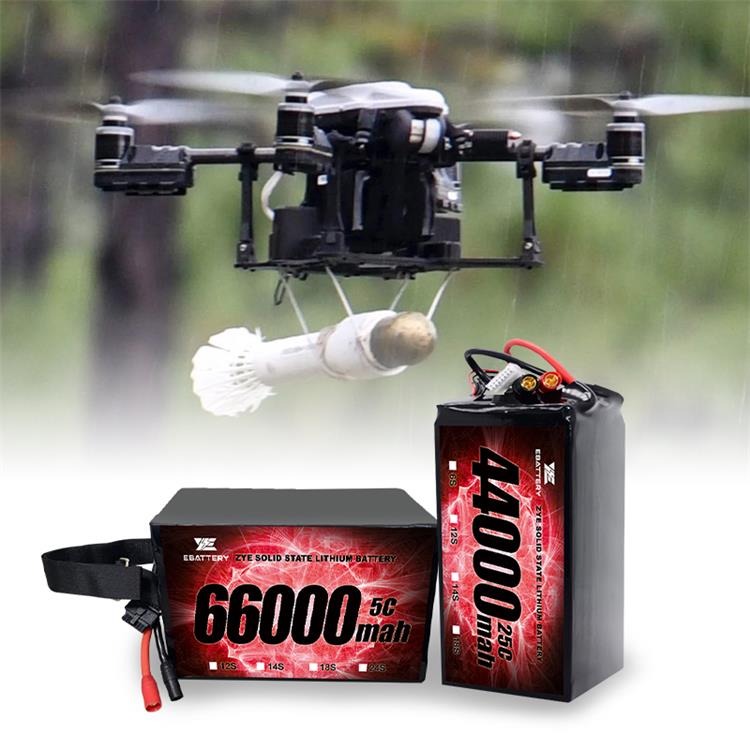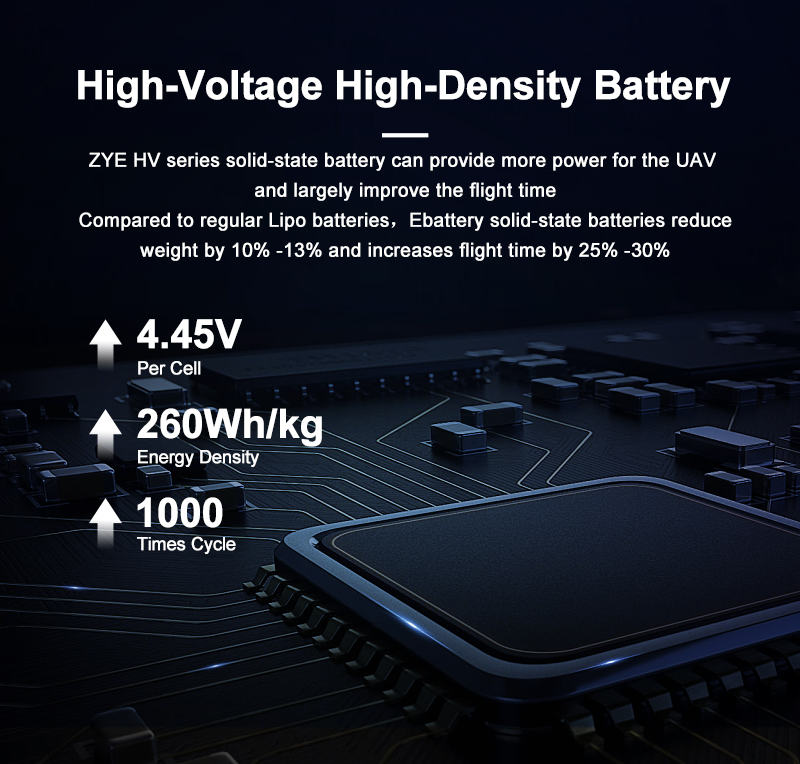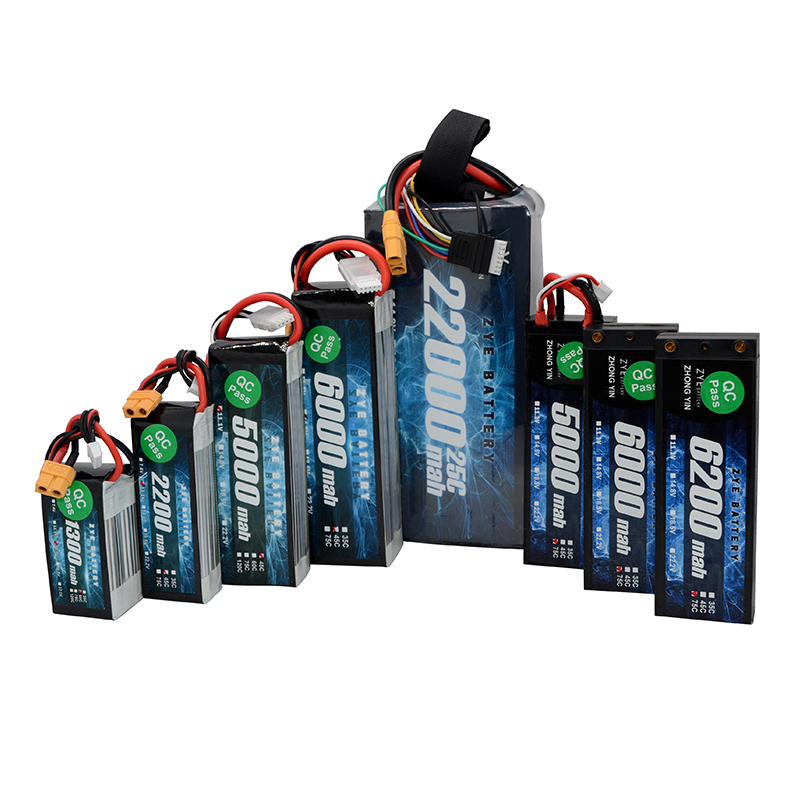What are impacts of battery size on drone performance?
2025-08-13
Drones, or unmanned aerial vehicles (UAVs), have seen a surge in popularity across various industries, from aerial photography and videography to agriculture, delivery services, and surveillance.
The size of the drone-battery is a critical factor that significantly impacts multiple aspects of a drone's performance, including flight time, payload capacity, maneuverability, and overall efficiency.

Battery size and weight considerations for drones
The size and weight of your drone's battery play a crucial role in overall performance. Let's explore how these factors impact your flying experience and how to choose the right balance for your needs.
Impact of battery size on drone performance
Battery size affects several aspects of drone performance:
Flight time: Larger batteries generally provide longer flight times but add weight.
Agility: Heavier batteries can reduce maneuverability and responsiveness.
Power-to-weight ratio: Balancing battery capacity with overall drone weight is crucial for optimal performance.
Payload capacity: Larger batteries may reduce the available payload for cameras or other equipment.
Choosing the right drone-battery size for your drone
To select the appropriate battery size, consider the following:
Drone frame size: Ensure the batteries for drones physically fits within your drone's designated compartment.
Motor requirements: Match the battery's voltage to your motors' specifications.
Flight style: Racing drones may benefit from smaller, lighter batteries, while photography drones might prioritize longer flight times.
Weight limits: Stay within your drone's recommended all-up weight (AUW) to maintain safe and legal operation.

Balancing weight and performance
Finding the right balance between battery weight and performance is key to optimizing your drone's capabilities. Here are some tips:
Experiment with different capacities: Try batteries with varying mAh ratings to find the sweet spot for your needs.
Consider parallel configurations: Using multiple smaller batteries in parallel can offer flexibility in weight distribution.
Invest in high-quality batteries for drones: Premium batteries often offer better energy density, providing more capacity for less weight.
Optimize other components: Reducing weight in other areas of your drone can allow for a larger battery without compromising performance.

Conclusion
By carefully considering these factors, you can select a battery that maximizes your drone's performance while meeting your specific flying requirements.
Lithium - ion and lithium - polymer batteries are commonly used in drones due to their relatively high energy density, which allows for longer flight times without adding excessive weight.
As battery technology continues to evolve, with improvements in energy density and weight - reduction, the balance between battery size and drone performance will continue to shift, enabling more efficient and capable drones in the future.
For more information or to discuss your specific battery needs, please don't hesitate to contact us at coco@zyepower.com. Our team of experts is ready to help you find the perfect battery solution for your requirements.
























































